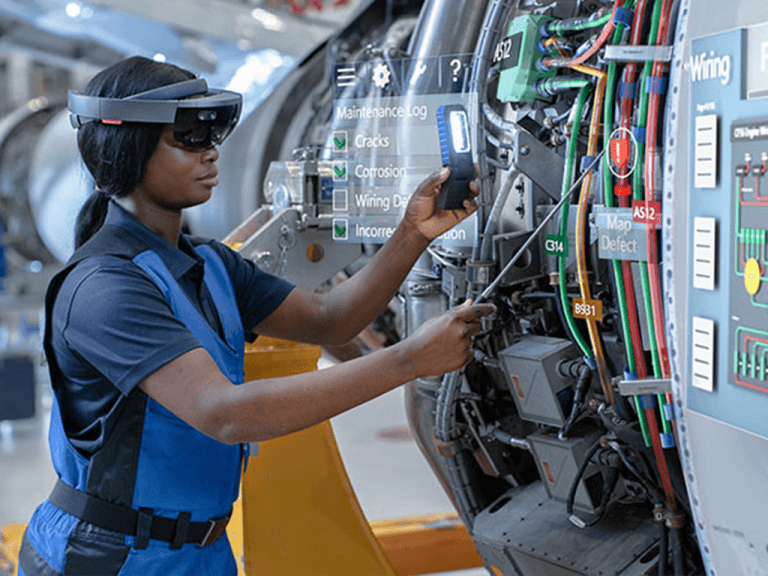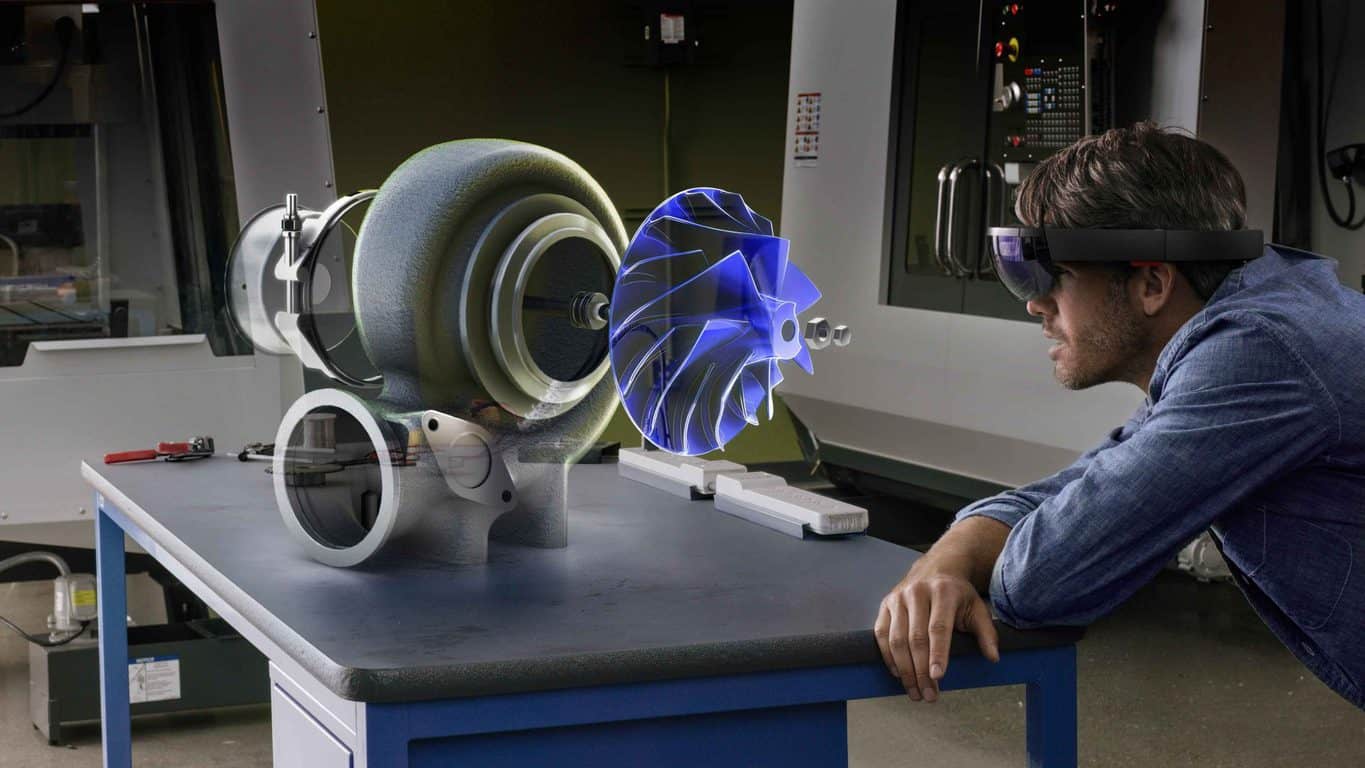Microsoft has been diligently working with the U.S. Army to produce field-tested HoloLens hardware for a Joint Intergrated Visual Augmentation System (IVAS) platform but it looks like that effort could also help Boeing soon.
According to Boeing’s Australian branch, “Boeing has conducted the first field test of its augmented reality maintenance technology to support the rapid repair of deployed aircraft.”
Specifically, a Boeing Australia Field Service Representative (FSR) at RAAF Base Amberley, Queensland used Microsoft’s HoloLens augmented reality headset to relay engine repair diagnostics and repair manuals over 1400 kilometers between themselves and the USAF virtually.
Like Microsoft’s Skype instructional demo, it highlighted seven years ago, the instructions the Boeing FSR replayed were accessible as part video conference and part holograms with voice guided commands.
USAF Airman First Class Anthony Cardoni, a participant of the Augmented Training Operations Maintenance (ATOM) demo described his experience as such, “HoloLens was a great experience utilizing new technology and offered a new perspective on aircraft maintenance. It allowed me to complete a task that I have never done before while talking to a Boeing engineer miles away like they were showing me over the shoulder.”
The kicker for the ATOM project is that it’s designed to be work over limited or poor network coverage which should aid in expediting the downtime operators have in rural areas.
Despite Microsoft’s business posturing, the AR division continues to limp along and produces results for enterprise customers, despite its zombie-esuqe consumer presence.
Microsoft is still attempting to lock down a multi-billion-dollar contract with the US Army as it continues rounds of design tweaks and software alterations to improve its in-the-field usage.
It’ll be interesting to see if the rumored slim-down version of HoloLens makes its way out of the Army testing phase and into more commercial use in the future.



